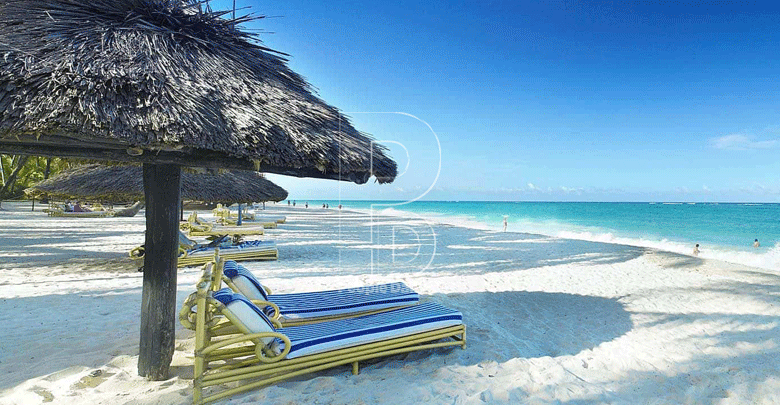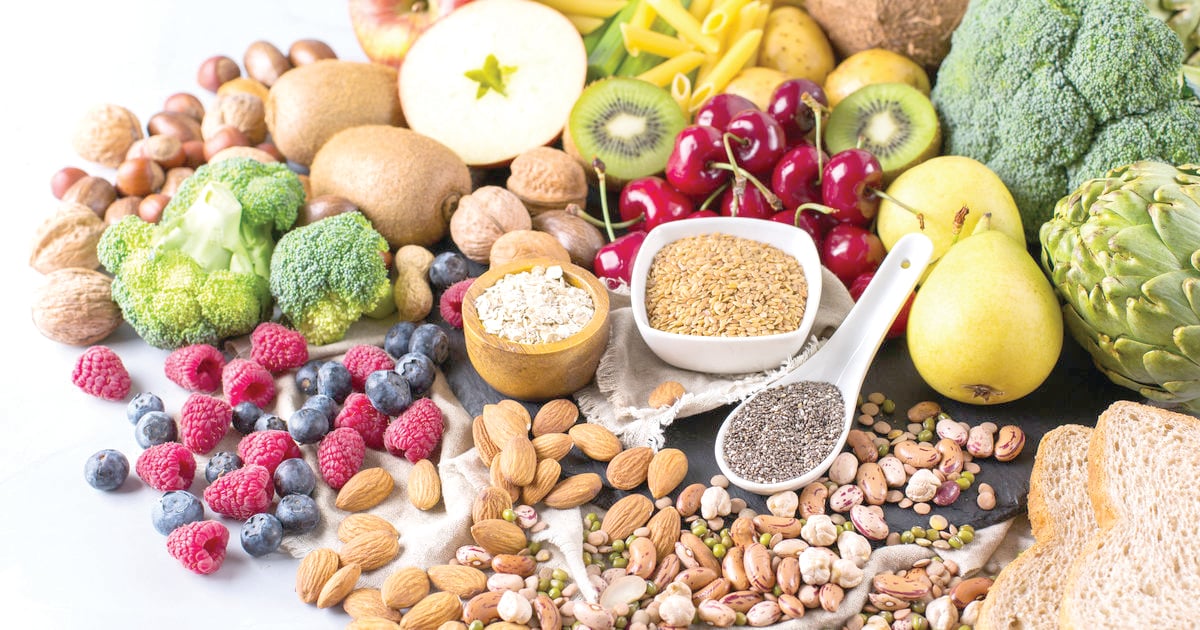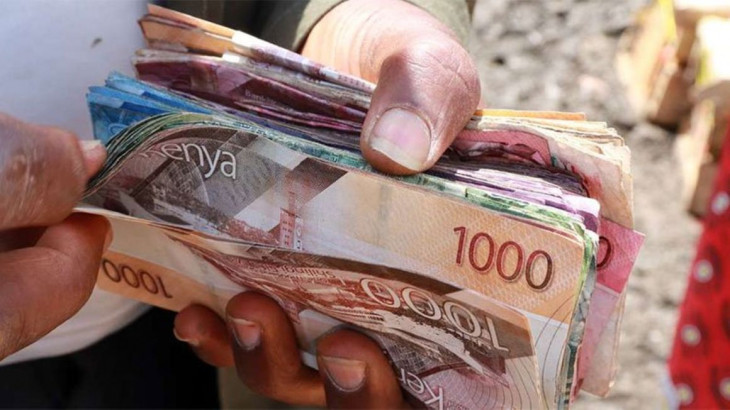What’s more to Kenya’s coastline than miles of endless white beaches?

Njeri Maina @njerimainar
The past 15 months have no doubt been tough for the hospitality industry. The economic fallout of Covid-19 travel restrictions has put hotel owners under increased pressure to attract guests and keep the lights on.
Mombasa county, which is a known tourist hub in the country hasn’t been spared either, and hoteliers in the region have for the past few weeks been placing their marketing mix under the microscope as lockdowns begin to ease.
This is evident on social media with the recent explosion of influencers trooping to the coast sponsored by hoteliers to promote their facilities in return for brand exposure and sales.
However, what has been common with most if not all influencers or selling point by the hotel owners has been the pristine white sandy beaches, while other desinations the coastal city has to offer have been largely ignored.
Great history and cuisine
“When most people think of Mombasa, images of the diverse marine life, world-class hotels and a friendly atmosphere coupled with pristine white sandy beaches are the first enticements that come to mind,” says Melissa Makena, a tour agent in Mombasa.
“But the world-renowned South Eastern coastline is actually a multifaceted place with a wide variety of adventures, and if you consider alternatives to the Indian Ocean shores, you will be amazed by the abundance of fun, sometimes free and lesser-known attractions that offer something for everyone,” she adds.
Melissa says while her company, which serves clients from as far as Nairobi, Nyeri and Nakuru lists the beach as one of the places when they take their guests on a tour of the seaside city, her focus has always been getting her clients to experience the lesser-known sites, such as Mamba Village Centre, Bamburi Nature Trails, Bombolulu Workshops and Cultural Centre, a trip by dhow to Wasini Island and detailed tour of Omani house, inside Fort Jesus, a building with Omani jewellery and displays on Swahili life.
To which Janet Kalau, a travel enthusiast in Kenya agrees. “There are countless destinations that Mombasa and the entire coastal region has to offer.
From varied accommodation choices, watersports, diving, snorkelling to charming tapered streets of Mombasa Old Town, ancient architecture and a variety of seafood, Swahili dishes, among other fun activities are nearly endless if you know where to look,” she offers.
The multi-cultural Old Town of Mombasa is located on180 acres of land with its narrow streets and ancient architecture providing a reflection of the mix of cultures of the Arab, Asian, British and Portuguese inhabitants who reside in Mombasa.
“Mombasa is rich in history and culture making it a very popular tourist destination.
From the architecture, to the cuisine, to the parks and monuments, including Mombasa Old Town, there is always something to do for leisure-seeking traveller while in Mombasa.
Mombasa is the only international seaport in Kenya and the biggest port in east Africa.
But most of people don’t talk about it,” Harish Krishan, General Manager of CityBlue Creekside Hotel, which sits on the tidal Tudor creek- tidal Tudor creek – one of two main water bodies separating Mombasa Island from the Kenyan mainland.
Guests to Mombasa don’t want to miss out on the delicious cuisine. From viazi karai, mabuyu, achari, kashata, mahamri, the meals are product of years of culture mix and tradition, which overtime has been perfected into mouth-watering dishes.
“There is no better way to feel the city than tasting its amazing food. And the best way to experience authentic tastes is by visiting the backstreets of the town where the delicacies are sold on the roadside,” says Felix Onyango a food vlogger in Mombasa.
Revellers can also visit the recently redeveloped Mama Ngina Waterfront Park, which is the first public landscaped waterfront situated on a 26-acre piece land.
The modern public recreational area with several added amenities, such as a properly built natural bamboo, a cultural centre, and a sun-drenched 2.1-kilometre long promenade and a space for food vendors.
Food and accomodation
Aside from that, resorts and hotels are coming up with ways to keep their guests entertained within their facilities, apart from just offering accommodation and food.
Ann Peggy the general manager for Pride Inn Paradise talks of how aggressive marketing, embracing hospitality technologies, and customising services to target clients while adhering to health protocols is the only way for any player in the hospitality industry to survive, whether they are in Mombasa or in any other part of the country.
“Our main customers are local merry makers. They are the ones who patronise our different facilities, such as the aqua park, the bamboo ocean spa and our great access to the beach,” Ann explains.
While at the hotel, she says one has easy access to Old Town Mombasa can marvel at quintessential Swahili architecture and dine at popular Forodhani House, a restaurant that offers traditional swahili dishes, authentic Indian meals, fresh seafood and other continental meals.
A visit to Mombasa is not complete without a go at the water slides at Wild Waters, Nyali.
“We have different unique offerings that have helped us with longevity with over 14 adult and children waterslides, a lazy river that bends around the park, and a unique Rain Dance Disco,” Shailen Shah the General Manager for Wild Waters Mombasa explains.












